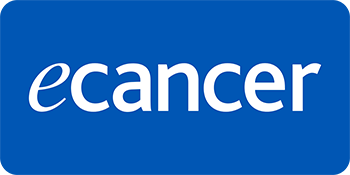Background: Oral cancer and its treatment impact patients’ post-treatment outcomes, challenging clinicians to manage them optimally. Addressing patients’ concerns is central to holistic patient-centred care.
Objectives: This study aimed to determine post-treatment oral cancer patients’ concerns and its relationship with patients’ clinical characteristics, health-related quality of life (HRQoL), psychological distress and patient satisfaction with the follow-up consultation.
Methods: A total of 85 oral cancer patients were recruited from a three-armed pragmatic RCT study on the patient concerns inventory for head and neck cancer (PCI-H&N), which was conducted at six hospital-based oral maxillofacial specialist clinics throughout Malaysia. Malaysians aged 18 years and above and on follow-ups from 1 month to 5 years or more were eligible. Patients completed the PCI-H&N, functional assessment of cancer therapy -H&N v4.0 and Distress Thermometer at pre-consultation and satisfaction questionnaire at post-consultation. The data were analysed descriptively; multiple linear regression and multivariate logistic regression analyses were used to determine possible predictors of patients’ HRQoL and psychological distress.
Results: ‘Recurrence or fear of cancer coming back’ (31.8%) was most frequently selected. 43.5% of patients selected >4 concerns. A significantly high number of concerns were associated with patients of ‘1-month to 1-year post-treatment’ (n = 84%; p = 0.001). A significant association existed between ‘time after treatment completed’ and patients’ concerns of ‘chewing/eating’, ‘mouth opening’, ‘swelling’, ‘weight’, ‘ability to perform’, ‘cancer treatment’ and ‘supplement/diet-related’. ‘Chewing/eating’ was predicted for low HRQoL (p < 0.0001) followed by ‘appearance’ and ‘ability to perform recreation activities’ (personal functions domain). Patients with high psychological distress levels were 14 times more likely to select ‘ability to perform recreation activities’ and seven times more likely to select ‘feeling depressed’. No significant association was identified between patients’ concerns and patients’ satisfaction with the consultation.
Conclusion: Routine follow-up consultations should incorporate the PCI-H&N prompt list to enhance patient-centred care approach as the type and number of patients’ concerns are shown to reflect their HRQoL and psychological distress.







